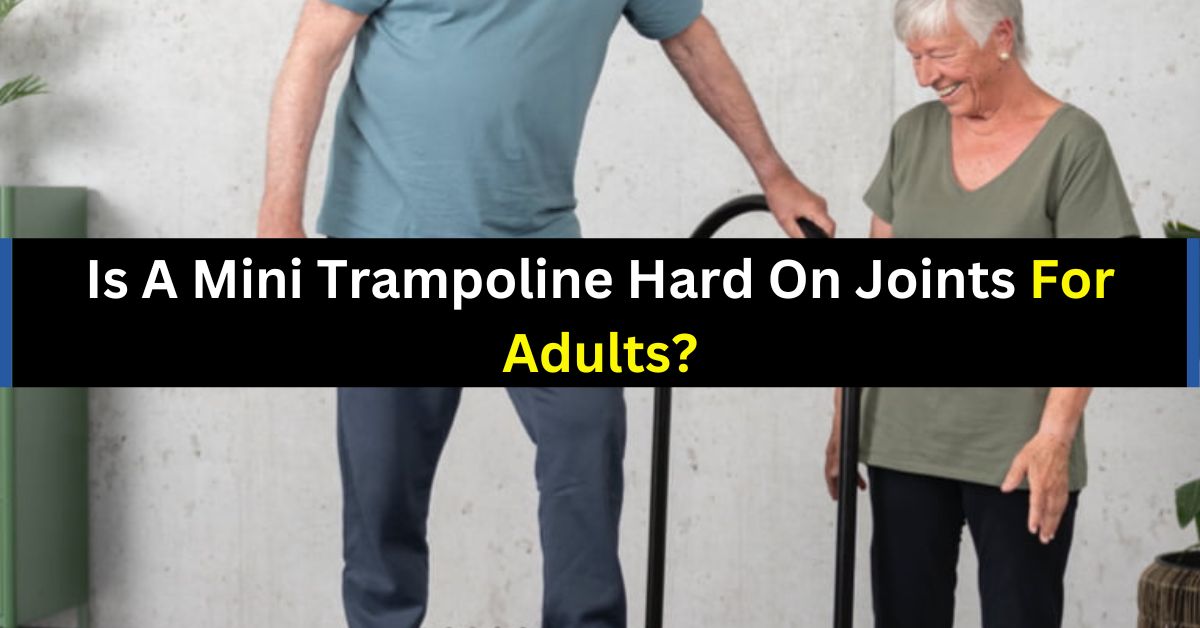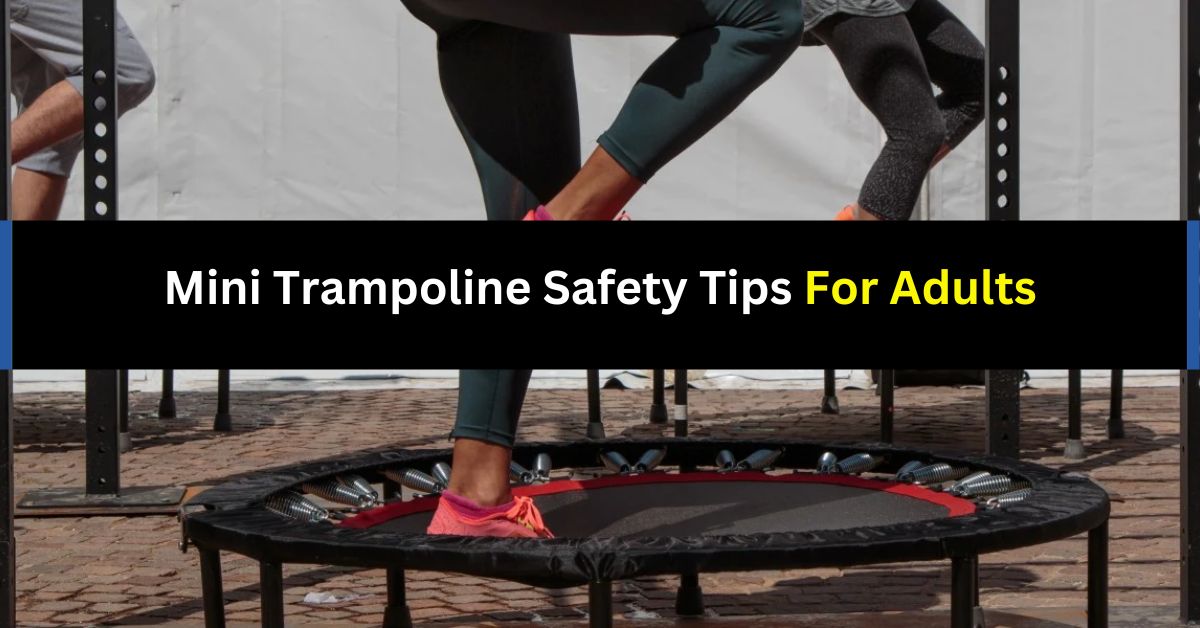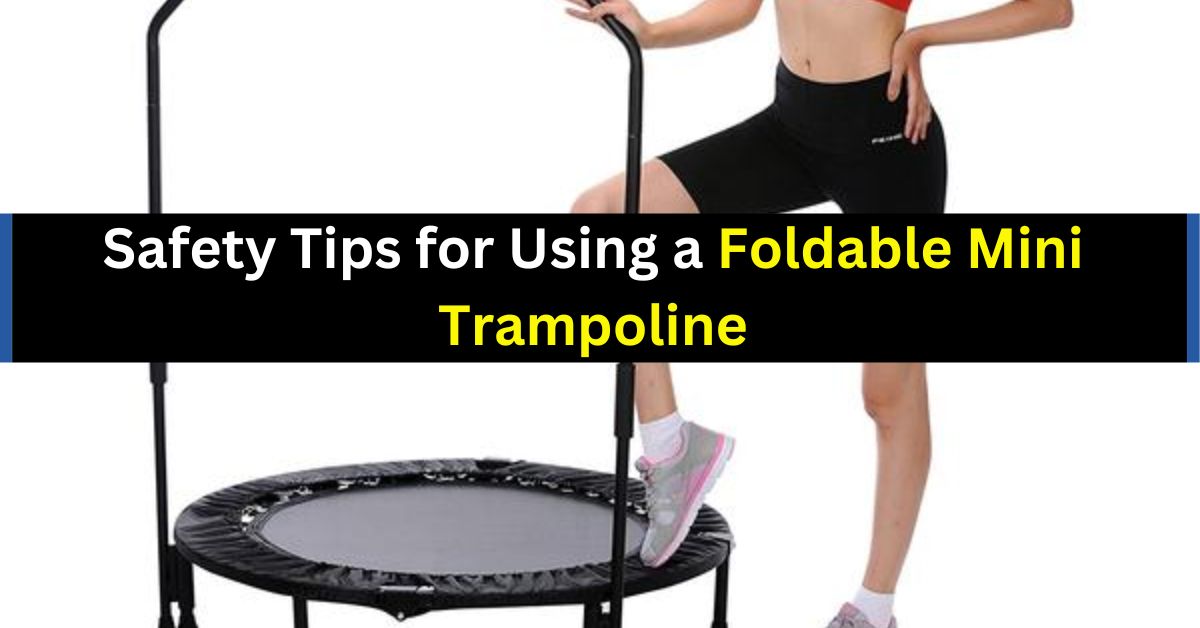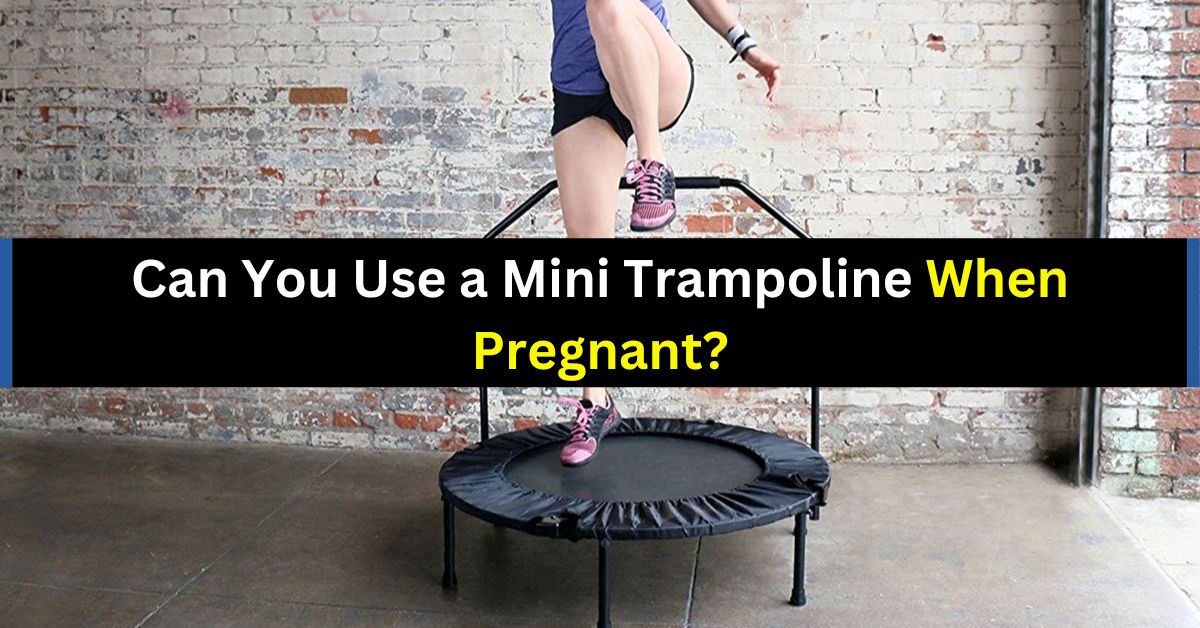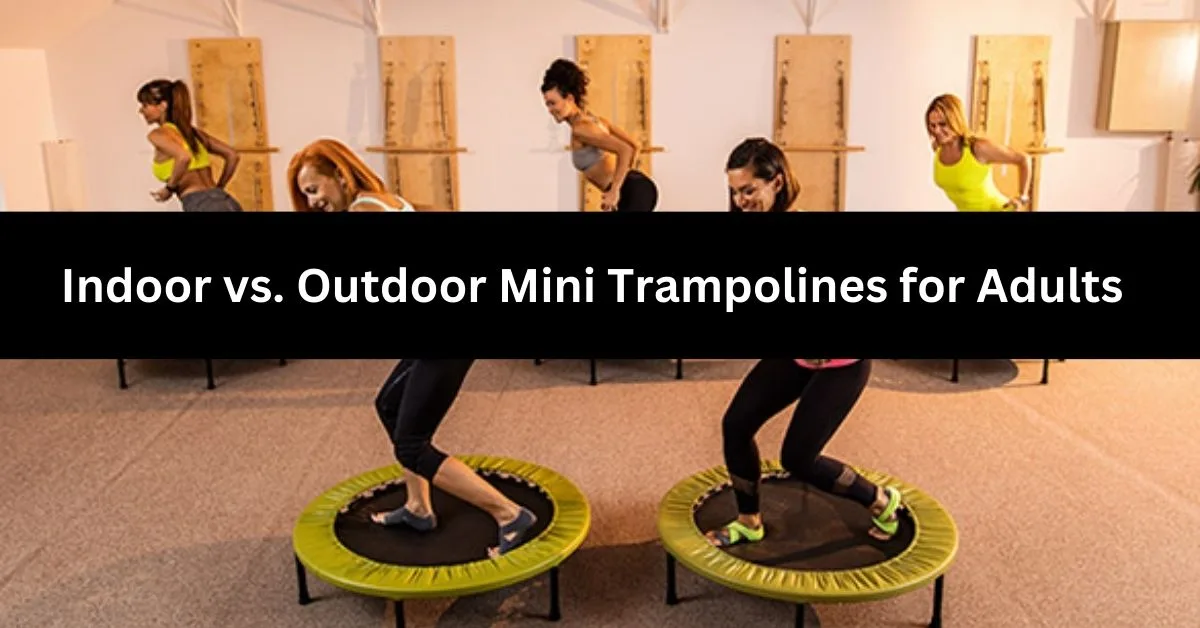Mini trampolines, also known as rebounders, have become a popular way for adults to get low-impact cardio exercise in the comfort of their own homes. Rebounding provides a number of health benefits, including improved circulation, muscle toning, lymphatic drainage, and cell oxygenation. However, some people wonder if all that jumping up and down is hard on their joints. Here’s a look at the effects of rebounding on adult joints.
How Rebounding Works
A mini trampoline, generally 3-4 feet across, uses tensioned springs or bungee bands to provide bounce and recoil. As you jump on the trampoline, your body is lifted up into the air, only to have the trampoline catch you gently and bounce you back up again. This creates a repetitive cycle of loading and unloading the joints in a safe, controlled manner. The soft bounce of the trampoline absorbs much of the impact that would normally come from jogging or aerobics. Additionally, the trampoline allows you to work against gravity, providing resistance exercise for the muscles.
Is Rebounding Hard on Knees?
Many adults worry about rebounding being too high-impact for aging knees. However, research has found mini trampolines to have less impact on knees than jogging. One study measured the G-forces from running compared to using a mini trampoline. Running produced average G-forces equal to 2.6x bodyweight, while mini trampolining produced only 1.4x bodyweight in force. The American Council on Exercise confirms rebounding as a knee-friendly exercise. The Arthritis Foundation also approves rebounding as an appropriate low-impact aerobic activity for those with knee arthritis.
Here are some tips to make rebounding even more knee-friendly:
- Use an appropriately sized trampoline with stability bar
- Wear proper footwear like athletic shoes
- Start with low, gentle bounces to warm up
- Add height slowly as you build stamina
- Stop jumping if you feel pain or instability
- Bounce mainly on the balls of your feet, not flat-footed
Effects on Ankles and Lower Body
Research has found rebounding to have no harmful effects on ankles or the lower body when done properly. A study compared the effects of mini trampoline training versus steady running in adults. After 8 weeks, both groups showed similar gains in balance, muscle endurance, and agility with no increase in joint instability or foot discomfort. The trampoline group showed slightly greater improvement in measures of general physical fitness. This indicates rebounding provides excellent exercise benefits without undue strain on ankles or feet when used correctly.
Tips for safe lower body rebounding include:
- Wear athletic shoes with good arch support
- Use smooth bouncing motions, avoiding jerky jumps
- Keep feet about hip-width apart for stability
- Allow joints to flex naturally, avoiding locked knees
- Take breaks as needed to rest legs
Effects on Back and Posture
Rebounding can help strengthen core muscles that support the back. The balance required and use of stabilizer muscles during bouncing works to improve posture. One study found regular rebound exercise significantly improved posture alignment in adults. Rebounding may even help relieve back pain. A clinical trial had patients with chronic back pain use a mini trampoline for 4 weeks. Over 90% showed marked improvement in pain levels and disability scores.
It is important to maintain proper form on the trampoline to avoid arching or curving the spine during jumping. Tips include:
- Keep movements controlled and centered over the trampoline
- Stay upright with core engaged, avoiding leaning forward or backward
- Use the stability bar for support if needed
- Stop bouncing if you feel any back pain or strain
Benefits for Joint Health
Research has confirmed rebounding as a safe, low-impact exercise that helps lubricate joints and strengthen the muscles supporting them. Regular rebounding as part of an active lifestyle provides many benefits for overall joint health:
- Nutrient-rich synovial fluid is circulated through joint cartilage, delivering essential nourishment.
- Ligaments and tendons are strengthened to stabilize joints.
- Muscles are toned to provide optimal joint support and alignment.
- The full range of joint motion is maintained to prevent stiffness and calcification.
- Bones are stressed just enough to promote renewed bone formation.
- Disks are flexed to maintain suppleness and absorb shock.
- Inflammation is reduced to curb conditions like arthritis.
As long as jumping is done in a controlled manner, rebounding offers advantages for all the major joints of the body. Those at risk for joint problems can still use a mini trampoline safely by avoiding jarring jumps.
Is Rebounding Right for You?
Rebounding on a mini trampoline provides adults an excellent opportunity for safe, low-impact exercise. Research shows it can benefit muscle strength, cardiovascular health, lymphatic function, and bone density – all without undue stress on joints. With proper precautions, rebounding is appropriate for all ages and fitness levels. Those with joint pain or at risk for arthritis can consult a medical professional to see if low to moderate bouncing would be recommended in their case. For the majority of adults, rebounding delivers a stellar workout that makes easy work of staying active and healthy.
In summary, using a mini trampoline is generally not hard on joints for adults. With proper technique and reasonable duration, rebounding provides joint lubrication, muscle strengthening, and low-impact cardio benefits. Simple precautions like wearing supportive shoes, avoiding excessive jarring motions, and stopping at any sign of pain can minimize any downsides. Rebounding gives adults a fun way to improve their health and stay in shape that is easy on both the muscles and joints.

